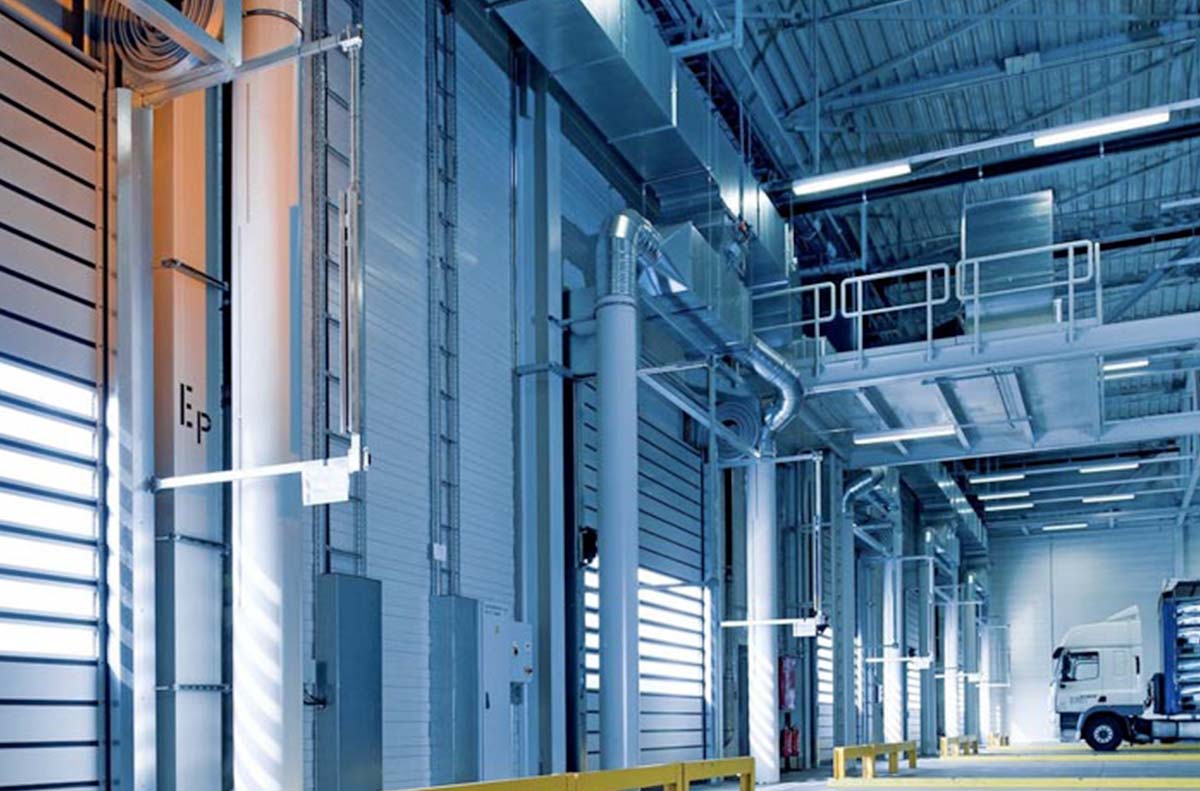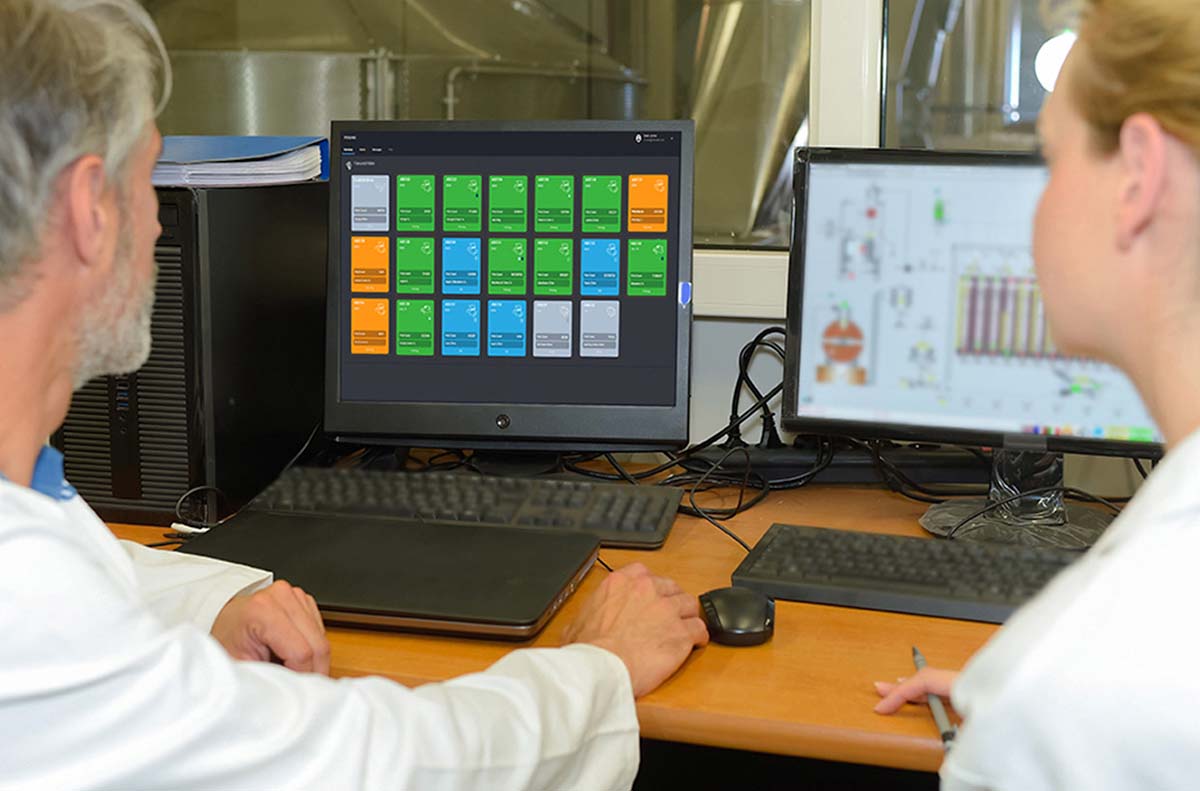Dec 31, 2024 by Mark Dingley
Time is money. In manufacturing, just a few minutes of production delay can significantly affect your bottom line.
That’s why manufacturers need to focus on reducing downtime, especially unplanned downtime.
Unplanned downtime is a phase of inactivity or non-production that every manufacturer dreads.
But what is the actual cost of downtime and how can you minimise unplanned downtime to save costs? With tomorrow the beginning of a whole new year, let’s dive in to see how you can reduce unplanned downtime in 2025.

According to Siemens’ latest downtime report (see link for the 2024 published report below), unplanned downtime costs manufacturers 1.5 times more than it did five years ago. One hour of unplanned downtime costs automotive manufacturers twice what it did in 2019 – but it costs heavy industry a whopping four times as much.
The cost of a lost hour ranges from an average of US$36,000 for FMCG factories to more than US$2 million an hour in automotive factories – or more specifically, US$600 per second.
Among respondents, the average manufacturing facility suffers 25 downtime incidents a month – down from 42 in 2019.
However, an average large plant loses 27 hours a month to unplanned downtime, more than a full day’s production.
The only cited factor preventing total losses from spiralling out of control has been that reduced number of hours lost to unplanned downtime, and a critical factor in this has been Predictive Maintenance (PdM) going mainstream.
So, why are the costs of unplanned downtime soaring? It comes down to spiralling inflation and production lines running at a higher capacity.

The cost of downtime reflects several direct and indirect factors:
Other costs mount up, which are more difficult to quantify. For example, downtime can damage the brand, negatively impact customer and employee confidence, and damage customer relationships. It can also cause more stress, which can lower staff morale.
Here are some proven ways to reduce the cost of downtime:
The first method is to implement a planned maintenance program, aka preventative maintenance. This is the process of proactively providing regular maintenance, cleaning and minor repairs rather than waiting until equipment breaks down.
Planned maintenance maximises performance by keeping your equipment running as safely and reliably as possible for as long as possible.
The right provider will ensure that your preventative maintenance procedure suits your equipment and operating parameters, which may change over time.
Preventative maintenance services from Matthews Australasia help you get the most from your coding, labelling and inspection equipment for as long as you own it.
Our skilled technicians thoroughly inspect your coding, labelling and inspection equipment and conduct the routine service procedures. We will replace the consumable parts where required, clean equipment and tell you about any areas of concern so you can nip issues in the bud before they lead to unplanned downtime.
.jpg)
When an equipment shutdown occurs, it’s a race against time to get it back up and running as quickly as possible. That’s where remote diagnostics come in.
Remote diagnostics is any form of diagnosis or maintenance that can be performed remotely on a piece of equipment or a system.

For example, with our Linx PrinterNet, Matthews technicians can view live advanced printer diagnostics and may be able to diagnose and alleviate the problem remotely, depending on the issue. We can also connect to your printer to help resolve specific issues. Our Matthews care team is 100% located in Australia rather than provided by third parties or overseas suppliers. This means you are guaranteed a rapid response.
Not all problems can be resolved remotely, but it helps troubleshoot the issue before the technician arrives on-site. This means they can bring the suspected replacement parts to get the machine up and running and minimise downtime.

In their toolkit, our technicians also have HINDSITE, which is IoT smart glasses and cloud-based technology. The wearable device sends live video and audio from the technician to Matthews’ central technical support team. It also allows the technician to view files in a “view monocle” so they can be hands-free to focus on the repair while accessing the Matthews technical knowledge database in real-time.
Human error is one of the leading causes of downtime. However, the frequency of human error can be significantly reduced with regular operator training. Your operators should know how to perform critical tasks on the equipment, such as changing label formats. You can also train operators to perform essential maintenance tasks to keep the equipment running optimally.
Consider investing in spare coding and marking systems. This means that if one system experiences a breakdown or requires maintenance, you can switch to the other system seamlessly without any interruptions to the production line.
Whether it’s now, over the holiday period or well into 2025, don’t risk costly downtime. Matthews provides a 24x7 Care program that ensures you have the support you need when you need it most, whether on-site or remote.
You can find Siemens’ “The True Cost of Downtime 2024” here.